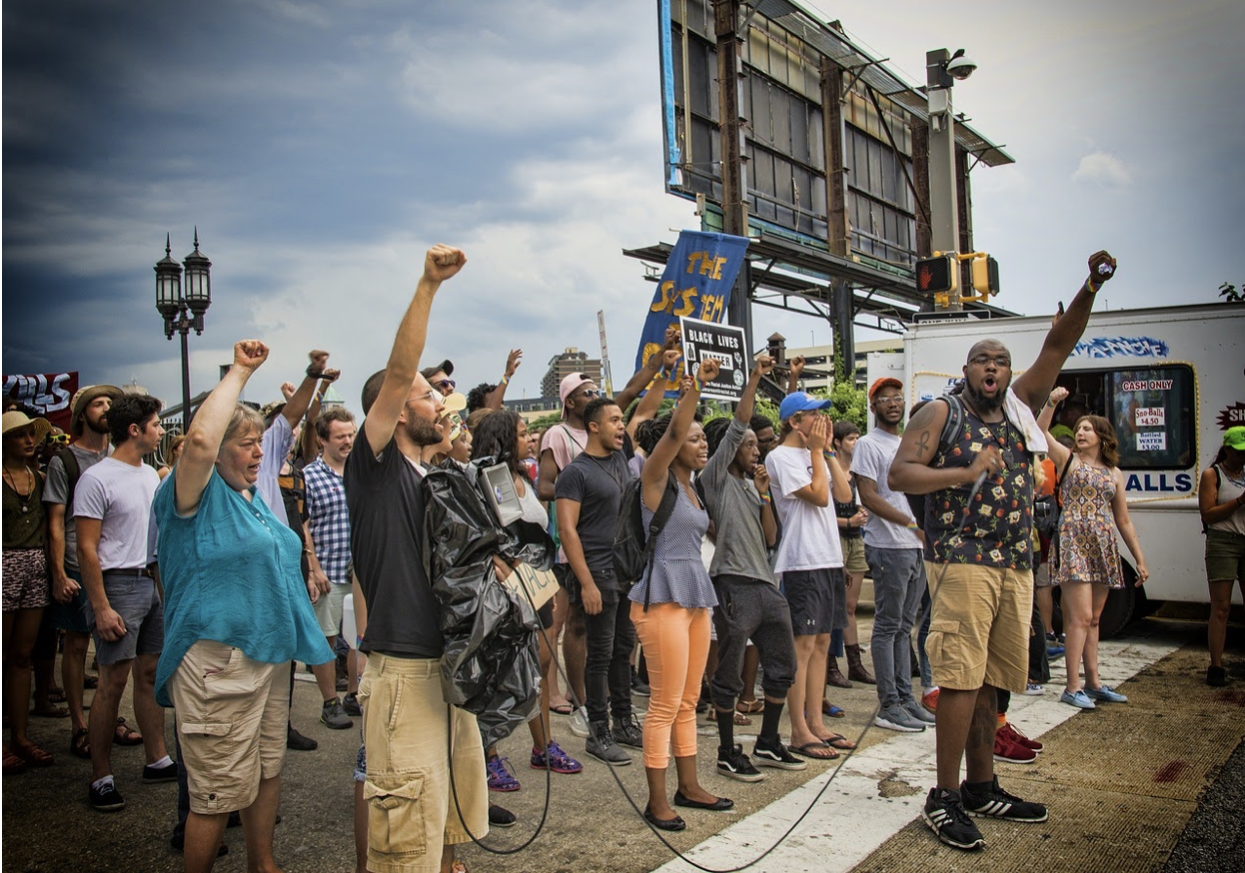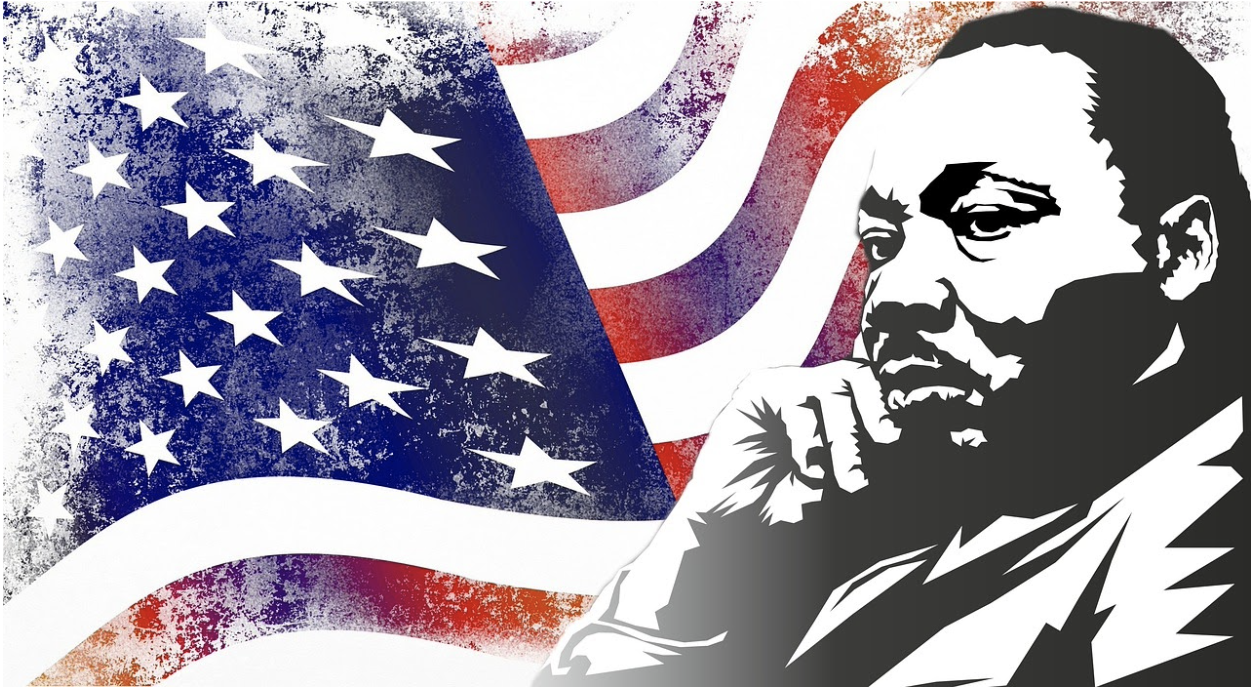Unit 3 Overview: Civil Liberties and Civil Rights
7 min read•june 18, 2024
Annika Tekumulla
Riya Patel
AP US Government 👩🏾⚖️
240 resourcesSee Units
Introduction
As the Declaration of Independence so clearly points out, the United States was founded on the idea that all individuals were entitled to basic natural rights, and that the colonists had to declare independence from Great Britain because those rights were being violated. In this unit, we will explore the rights granted to the people by the Constitution and the ways in which the Supreme Court has expanded these rights over time.
At the heart of this unit is the Bill of Rights, which refers to the first ten amendments to the Constitution and contains many of the protections that are the basis of civil liberties – including the right to free speech, free religion, free press, due process, and to bear arms.
Selective incorporation is the application of the provisions of the Bill of Rights to state governments through Supreme Court decisions based on the due process clause of the Fourteenth Amendment. Although the Bill of Rights was written to prevent Congress and the national government from infringing on these specific rights, the Supreme Court has expanded these protections to prevent state governments from infringing rights through the selective incorporation doctrine.
The process of selective incorporation relies primarily on the Fourteenth Amendment’s due process clause and equal protection clause. The due process clause is the basis for our civil liberties – protections against the abuse of power by the government. The equal protection clause is the basis for our civil rights – protections against discrimination based on race, religion, gender identity, and other demographic factors.
This unit contains the vast majority of the required Supreme Court cases that will be the basis for the SCOTUS Interpretation FRQ (FRQ 3 on the AP exam).
First Amendment Rights

Image from pixabay.com
Free Speech
The right to Freedom of Speech, as guaranteed by the First Amendment, has been clarified by a number of Supreme Court cases. Two cases that you’ll need to know for the AP Exam:
Tinker v. Des Moines (⚖️REQUIRED SCOTUS CASE⚖️): Tinker wore a black armband to protest the Vietnam War, violating the school’s dress code. The Supreme Court ruled that symbolic speech was protected by the First Amendment and that students did have the right to exercise their right to free speech in schools so long as it did not pose a “substantial and material disruption” to the educational process.
Schenck v. US (⚖️REQUIRED SCOTUS CASE⚖️): Schenck was arrested for distributing pamphlets protesting the draft during WWI and was arrested for violating the Espionage Act. The Supreme Court ruled that Schenck’s actions were not protected free speech, and that freedom of speech could be limited in times of war or when it led to a “clear and present danger.”
Free Religion
Freedom of Religion, according to the First Amendment, is composed of two different components. The Establishment Clause protects Americans from the creation of a government-sponsored religion, while the Free Exercise Clause guarantees that Americans can practice the religion of their choice without undue interference from the government.
Engel v. Vitale (⚖️REQUIRED SCOTUS CASE⚖️) addresses the establishment clause. In this case, a group of New York families sued their school district as a result of a district policy to recite a prayer at the start of each school day. The Supreme Court ruled that school-sponsored prayer did indeed violate the establishment clause.
Wisconsin v. Yoder (⚖️REQUIRED SCOTUS CASE⚖️) addresses the free exercise clause. In this case, Wisconsin fined three Amish families for removing their children from school in 8th grade, who argued that continued schooling would interfere with their religious practices. The Supreme Court ruled in favor of the Amish families, noting that free exercise could not be interfered with unless there was a “compelling government interest.”
Free Press
Freedom of the Press is also contained within the First Amendment:
New York Times v. US (⚖️REQUIRED SCOTUS CASE⚖️): The government attempted to stop the publication of the Pentagon Papers, arguing they violated the Espionage Act. The Supreme Court ruled that prior restraint – the government preventing the press from publishing information – could not be used because the information being published would not put American troops in danger.
Second Amendment: Right to Bear Arms
The Second Amendment protects the right to bear arms, and has been the subject of a number of Supreme Court cases that sought to clarify the extent to which gun ownership could be regulated.
McDonald v. Chicago (⚖️REQUIRED SCOTUS CASE⚖️): Chicago put restrictions on handgun ownership in place, which prevented McDonald from purchasing a handgun. The Supreme Court agreed with McDonald’s argument that Chicago’s laws violated his due process and incorporated the Second Amendment to state governments. This meant that not only could the federal government not infringe upon this right, but the state government was bound by the same limits.
Due Process Rights
Due process refers to the rights of the accused to receive a fair trial and encompasses all of the protections that result in a fair legal process for the accused.
In Miranda v. Arizona, the Supreme Court ruled that individuals had to be informed of their due process rights prior to being questions, including the Fifth Amendment’s right to remain silent. Also included in these notifications are the Sixth Amendment’s right to an attorney, incorporated to the states for all criminal cases through the Supreme Court’s decision in Gideon v. Wainwright (⚖️REQUIRED SCOTUS CASE⚖️).
Particularly in the area of due process, the Supreme Court has been forced to make rulings that balance the freedom of individual people with the broader goals of public order and safety. The Eighth Amendment’s prohibition on cruel and unusual punishment represents one such area, where the Court has placed limits on the application of the death penalty yet upheld its legality as a punishment that is not cruel nor unusual.
Also balancing individual rights with collective order, the Fourth Amendment’s exclusionary rule prohibits the use of illegally obtained evidence in criminal trials. If a warrantless search is conducted, violating the protection against unreasonable search and seizure, any evidence found is inadmissible as decided in Mapp v. Ohio.
Civil Rights

Image from pixabay.com
Civil Rights refer to protection from racial, religious, gender, or other discrimination. These protections are afforded by the Fourteenth Amendment’s equal protection clause.
Dr. Martin Luther King’ Jr.’s “Letter from a Birmingham Jail” (🚨FOUNDATIONAL DOCUMENT🚨) addresses his ideas of nonviolent protest as a means to fight for equality and the end of racial segregation across the United States. Ultimately, the Civil Rights movement led to the passage of the Civil Rights Act of 1964 which prohibited discrimination based on race, color, religion, sex, or national origin, and the Voting Rights Act of 1965, which removed discriminatory voting practices.
Brown v. Board of Education (⚖️REQUIRED SCOTUS CASE⚖️) overturned Plessy v. Ferguson and ended the “separate but equal” doctrine as it related to education. In this case, the Supreme Court ruled that segregated schools were “inherently unequal” and required the integration of schools across the country.
Affirmative Action programs attempt to aid groups that traditionally have suffered from discrimination in educational and employment opportunities. The Supreme Court has ruled that such programs are legal, so long as there is no quota system put in place to increase enrollment of a particular group. Schools can consider race as a factor in admissions decisions, but cannot hold a specific number of spots for individuals of a certain demographic group.
Other movements, like the women’s rights movement and the LGBTQ rights movement, have had similar impacts on the protection and expansion of the rights of these groups.
One such policy accomplishment is Title IX of the Education Amendments Act of 1972, which exemplifies a policy shift based on the women’s rights movement. Title IX prohibits discrimination based on sex in federally funded education programs, and has had a major impact on gender equality in school, often seen through athletic programs.
Key Ideas
- The United States Bill of Rights protects the rights of its citizens.
- Civil liberties are the protections from the abuse of government power.
- Civil rights are the protections from discrimination based on gender, race, or religion.
- Civil liberties and civil rights are focused upon in the Bill of Rights, which is the first 10 amendments.
Important Vocabulary
- Civil liberties
- Civil rights
- United States Constitution
- Bill of Rights
- Freedom of religion
- Establishment clause
- Lemon test
- Engel v. Vitale
- Wisconsin v. Yoder
- Free exercise clause
- Tinker v. Des Moines
- Schenck v. United States
- Espionage Act of 1917
- Clear and present danger clause
- Freedom of the press
- Pentagon Papers
- New York Times v. United States
- Prior restraint
- McDonald v Chicago (2010)
- Due process clause
- Eight Amendment
- Cruel and unusual punishment clause
- Fourth Amendment
- Search and seizure
- Probable cause
- Search warrant
- Exclusionary rule
- Selective incorporation
- McDonald v. Chicago
- Fourteenth Amendment
- Miranda Rights
- Miranda v. Arizona
- Self-incrimination
- Objective of good faith
- Inevitable discovery rule
- Exigent circumstances
- Sixth Amendment
- Right to an attorney
- Gideon v. Wainwright
- Right to a speedy trial
- Implicit right to privacy
- Griswold v. Connecticut
- Roe v. Wade
- Martin Luther King Jr.’s “Letter from Birmingham Jail”
- Women’s Rights Movement
- The National Organization for Women
- Brown v. Board of Education
- Plessy v. Ferguson
- Title IX
- The Voting Rights Act of 1975
- Equal protection clause
- Brown v. Board of Education II (1955)
- Affirmative Action
Browse Study Guides By Unit
🏛Unit 1 – Foundations of American Democracy
⚖️Unit 2 – Branches of Government
✊🏽Unit 3 – Civil Liberties & Civil Rights
3.0Unit 3 Overview: Civil Liberties and Civil Rights
- Some Background
- 4 Key Points for Each Case
- Cases Involving Federalism
- Cases Involving the First Amendment
- Cases Involving Selective Incorporation
- Cases Involving the Equal Protection Clause
- Cases Involving Federal Policy
- Cases Involving Districting & Representation
- Cases Involving Judicial Review
- How to study the required court cases?
- Introduction
🐘Unit 4 – American Political Ideologies & Beliefs
🗳Unit 5 – Political Participation
🤔Exam Skills

Fiveable
Resources
© 2025 Fiveable Inc. All rights reserved.